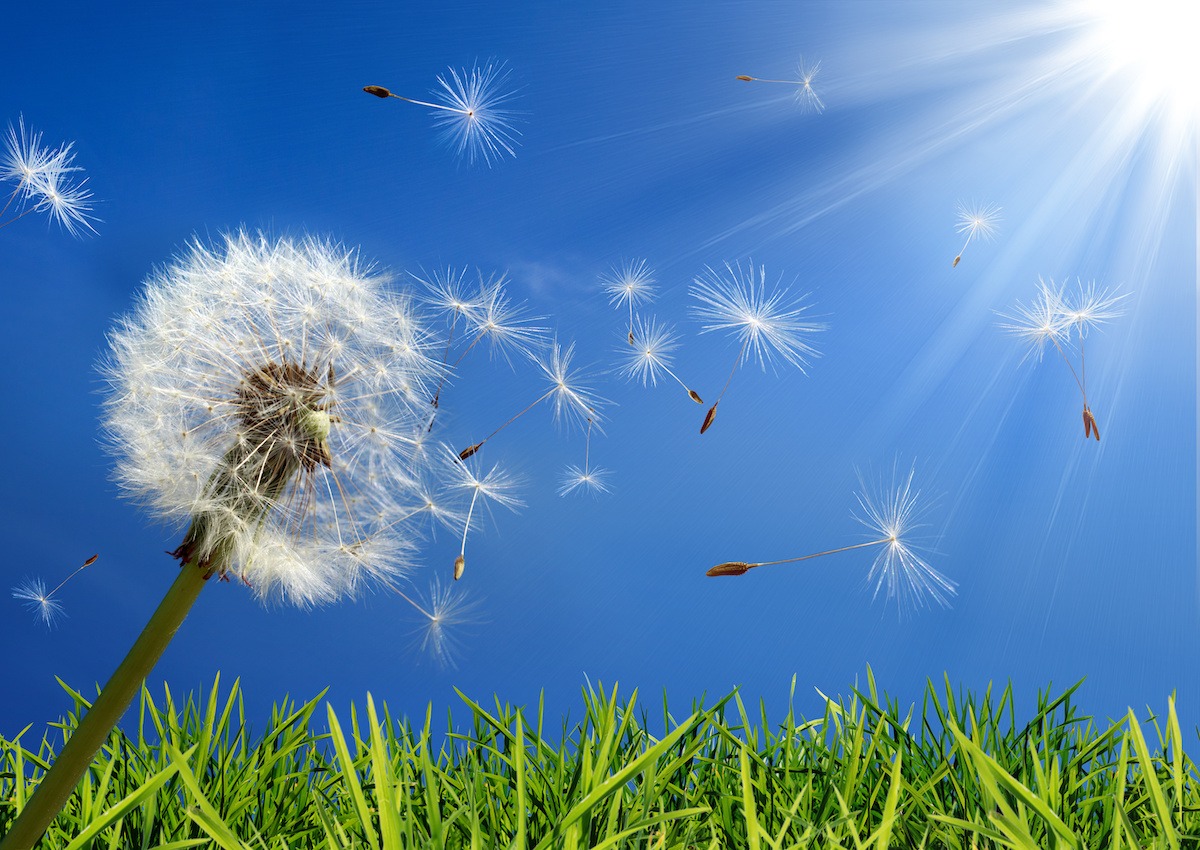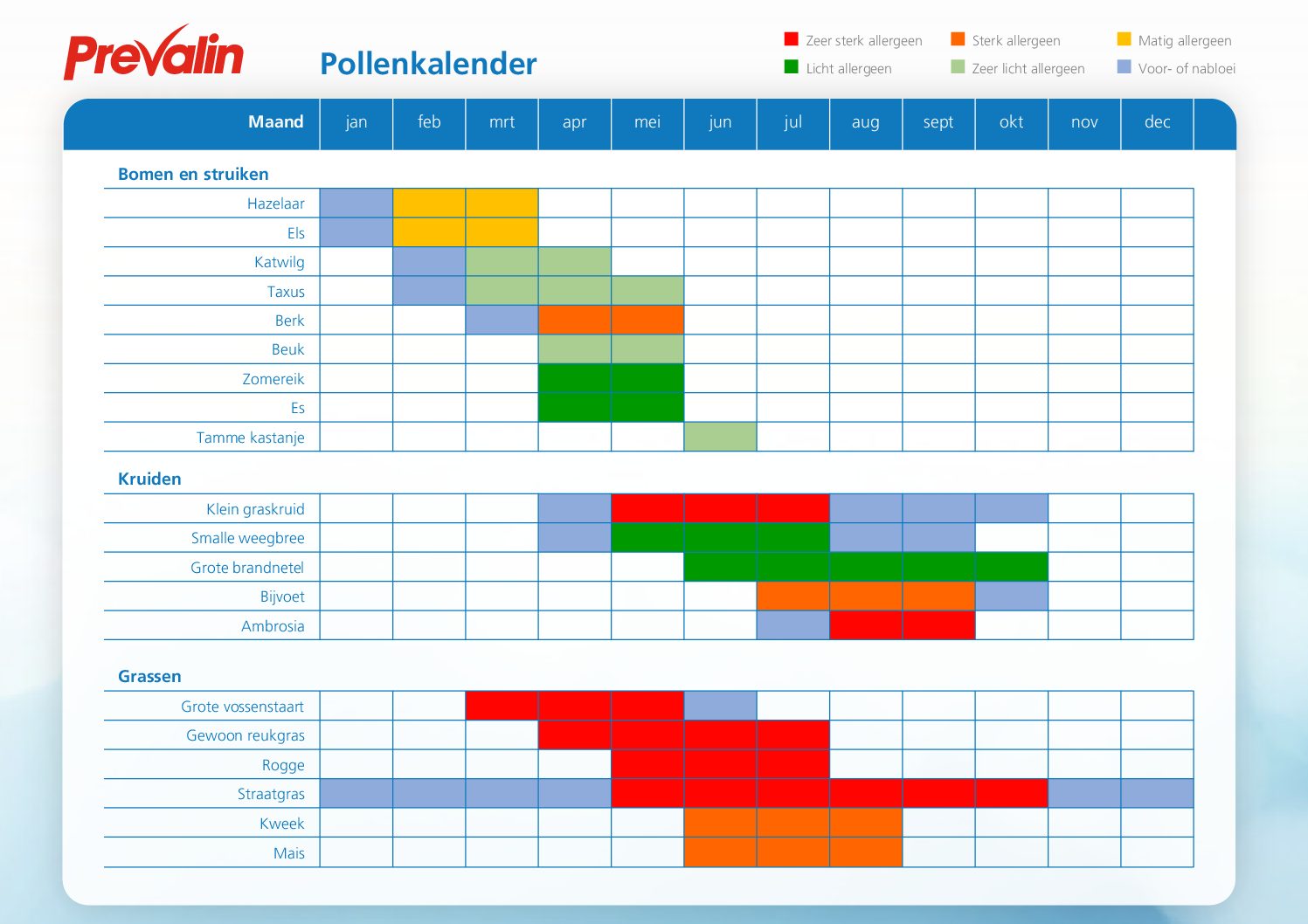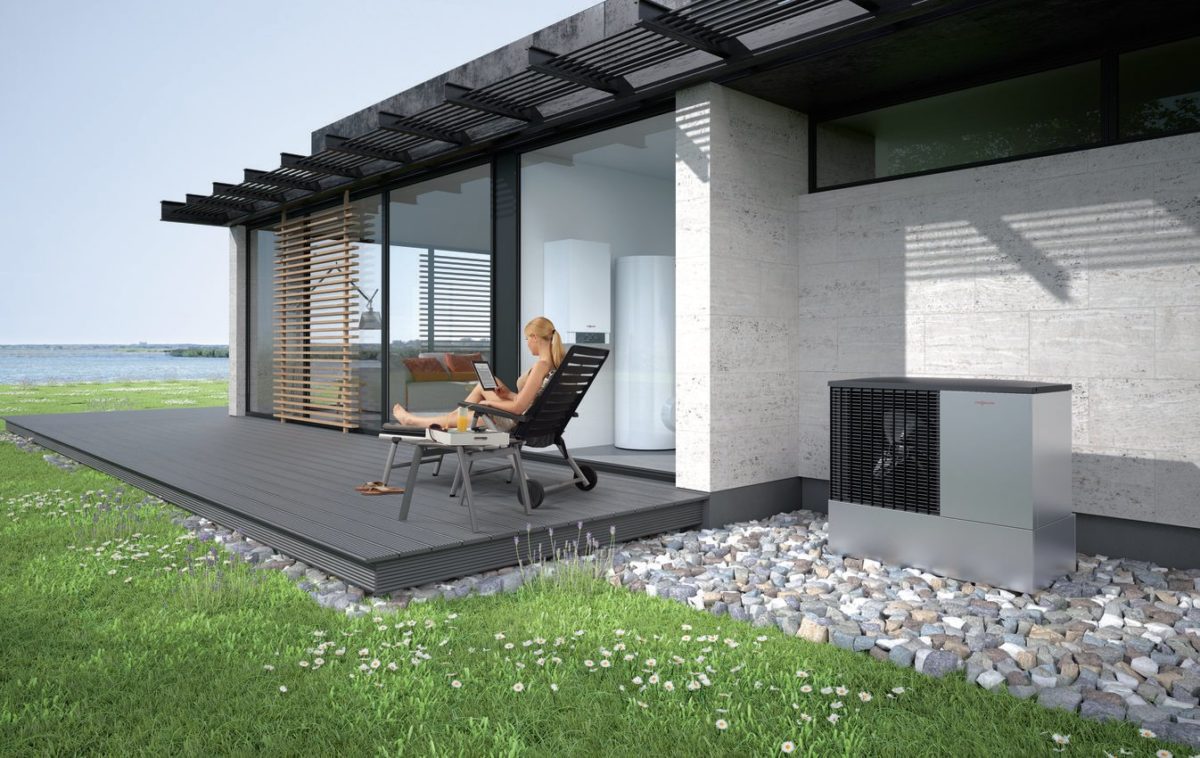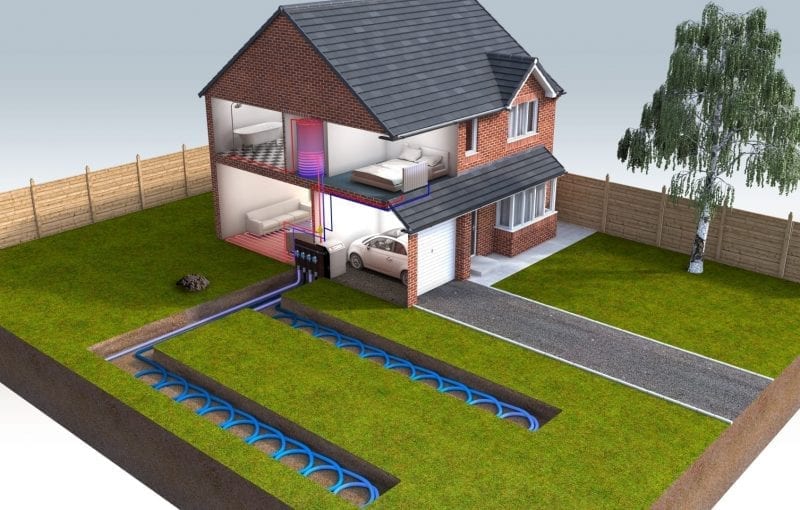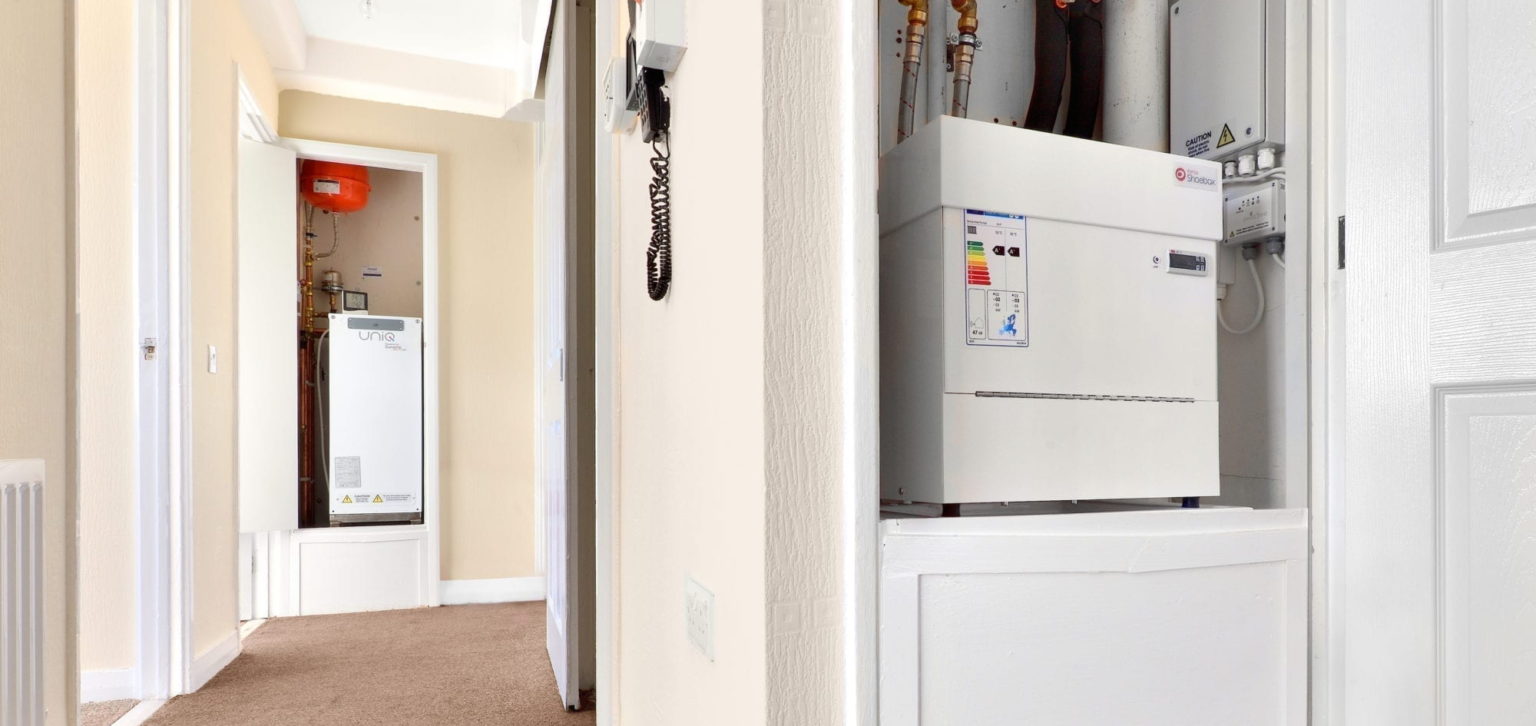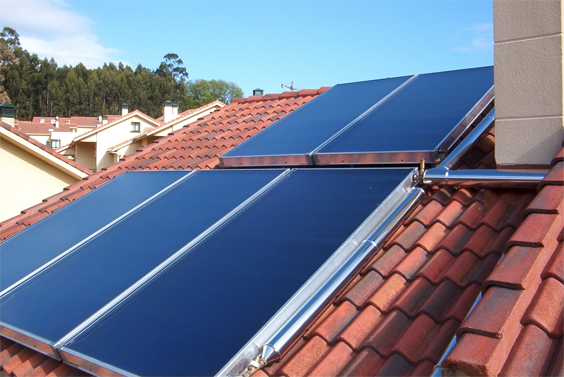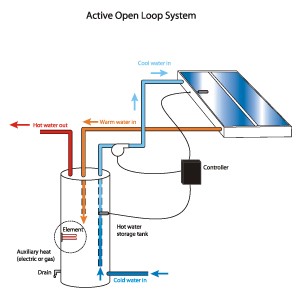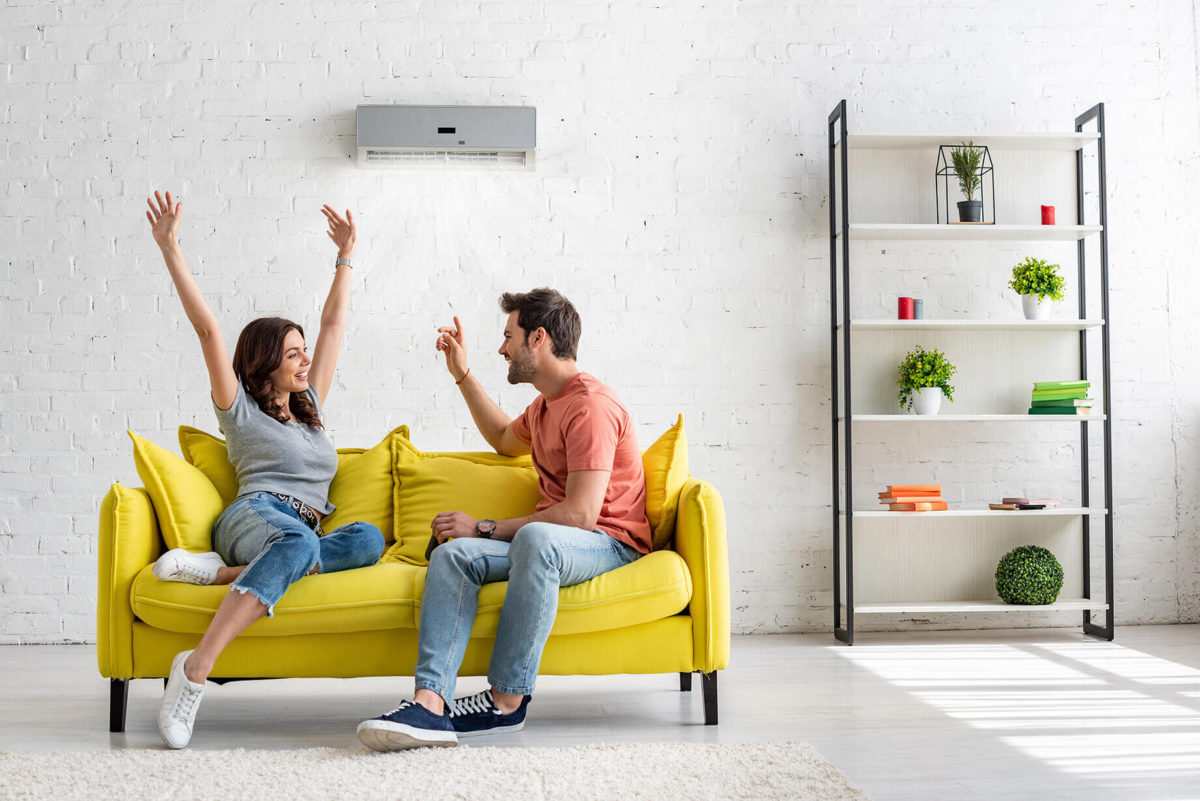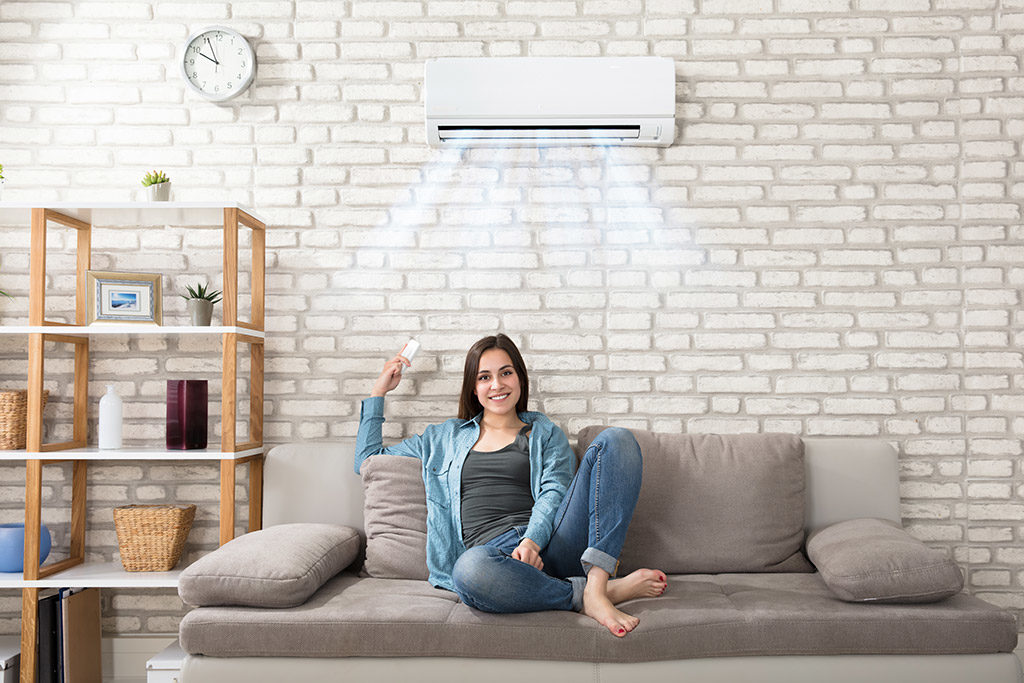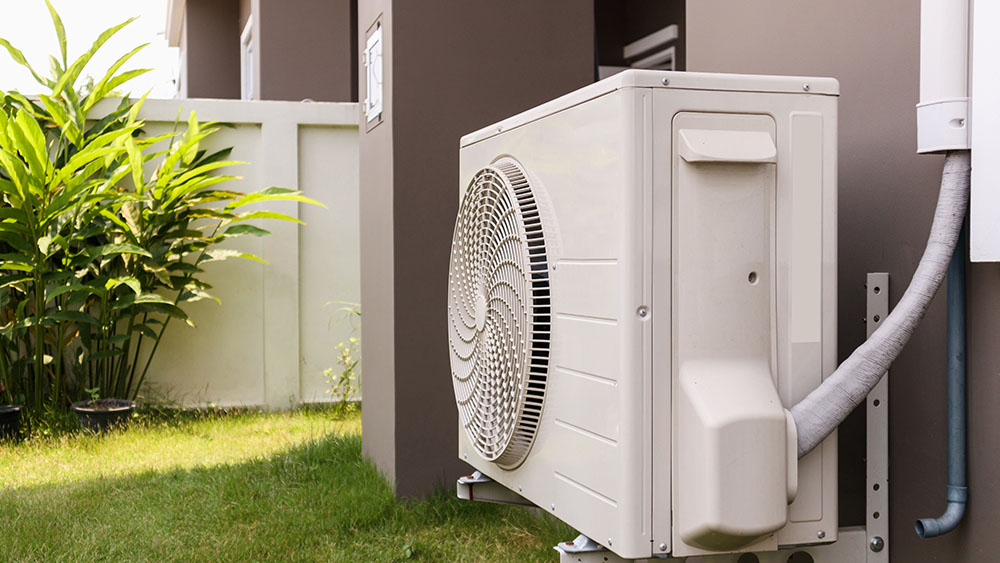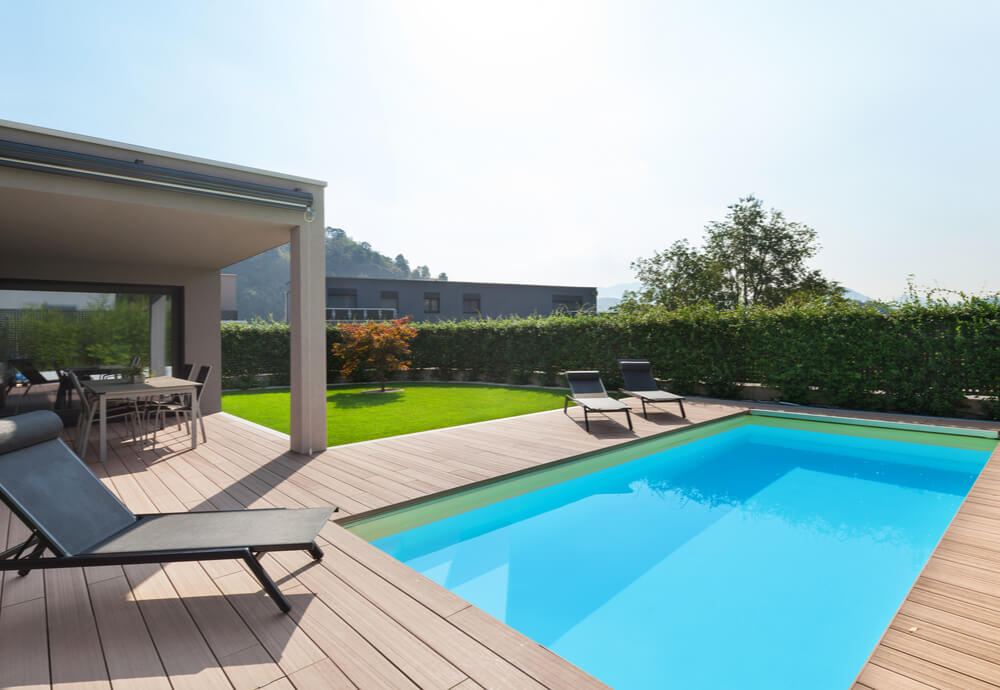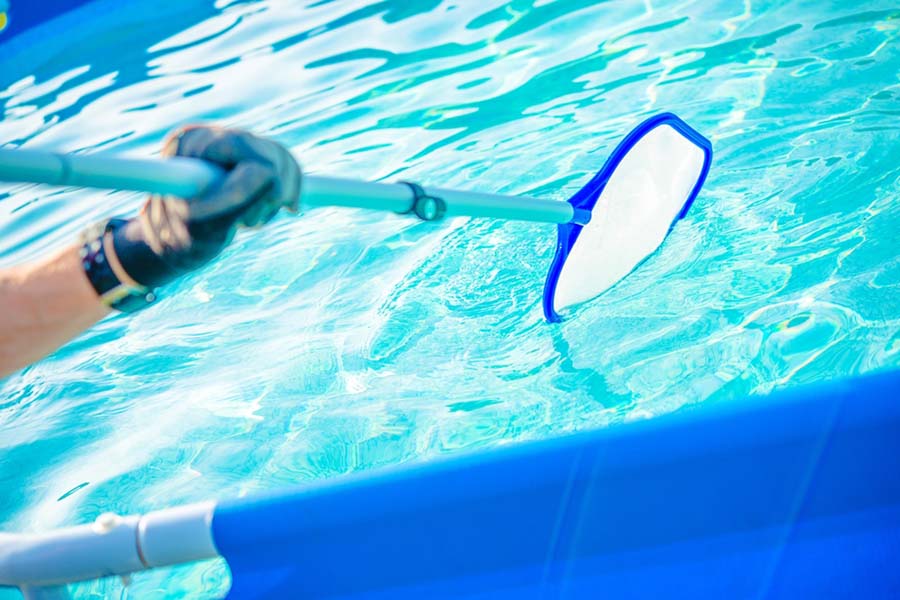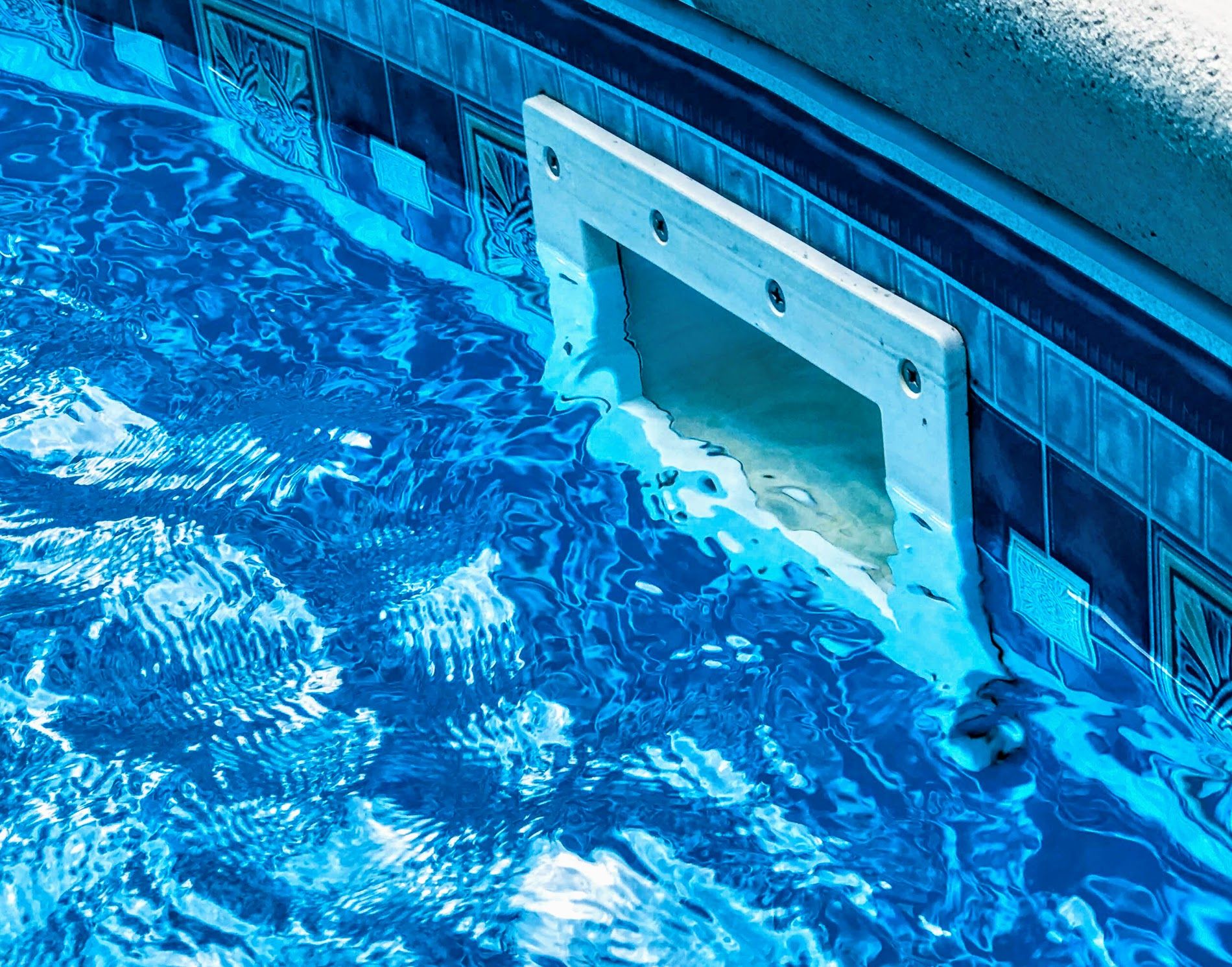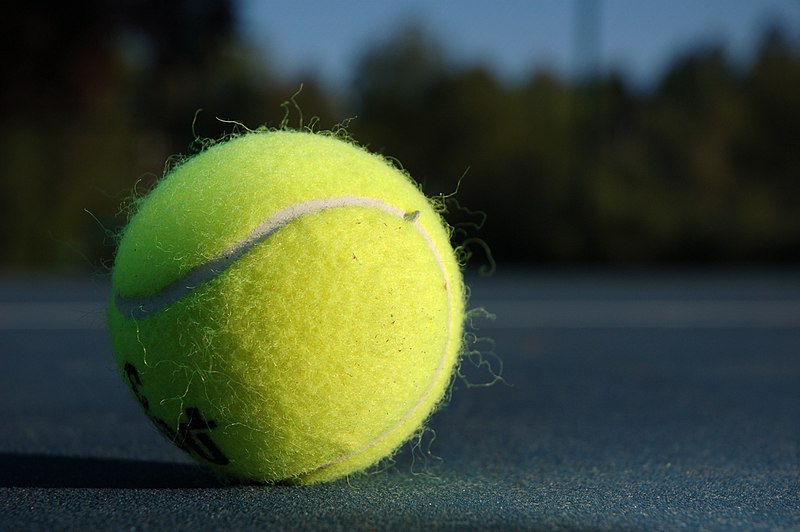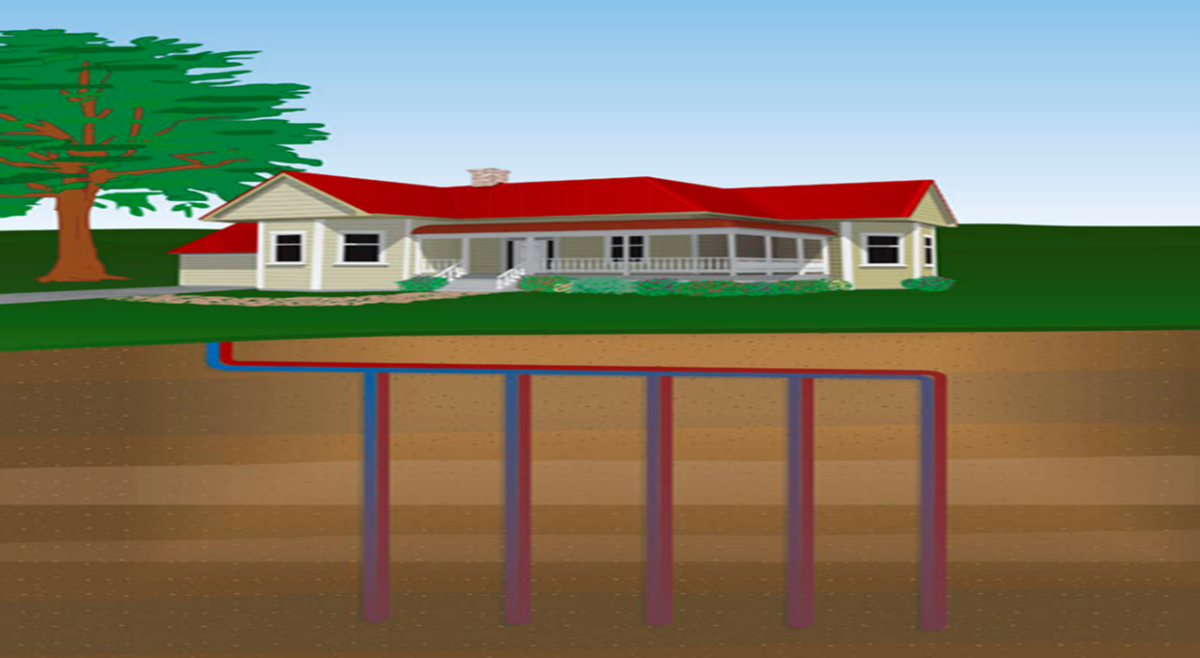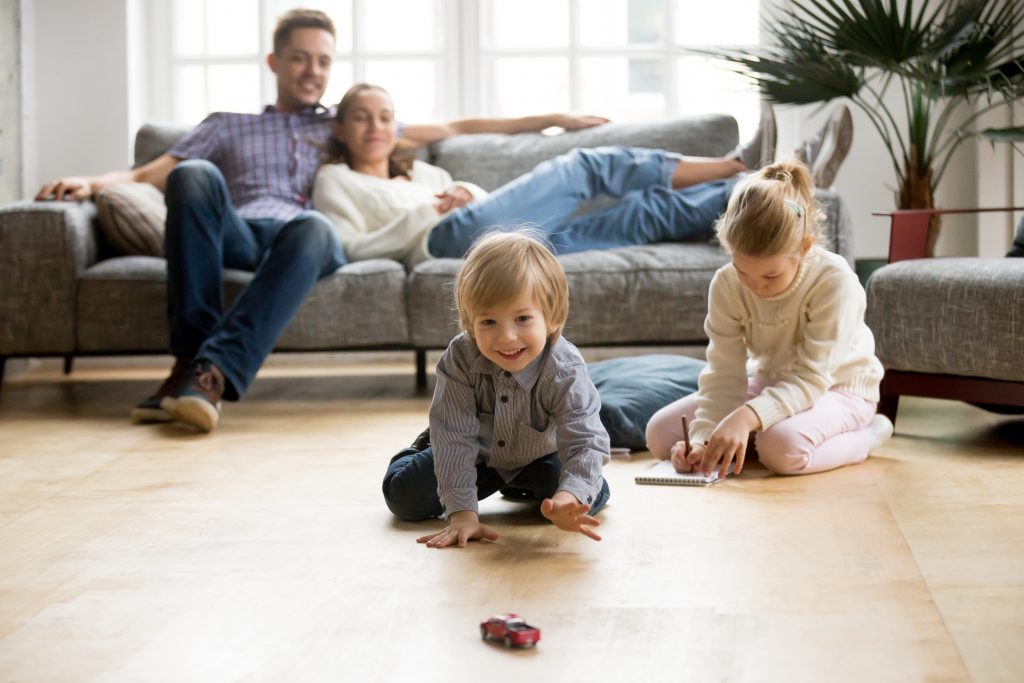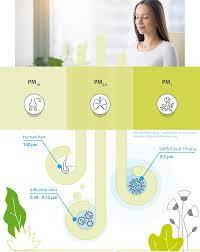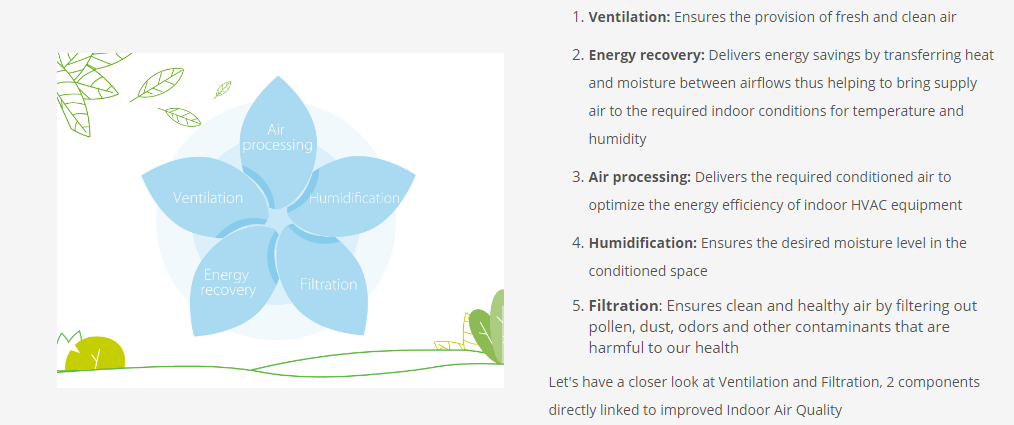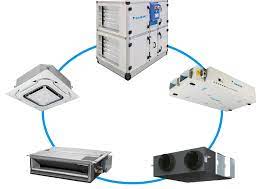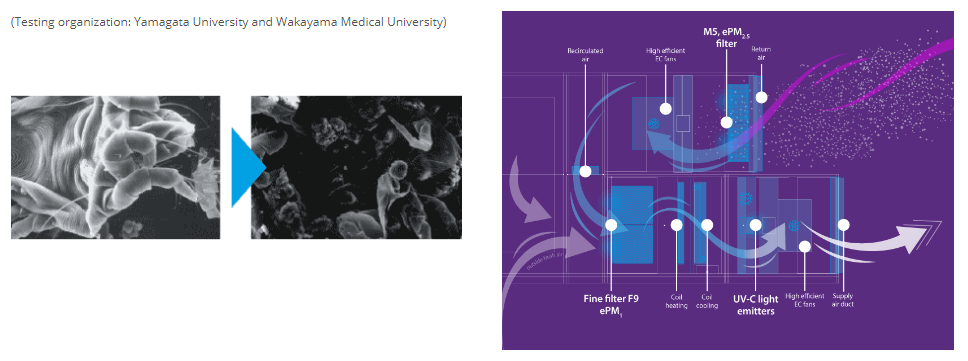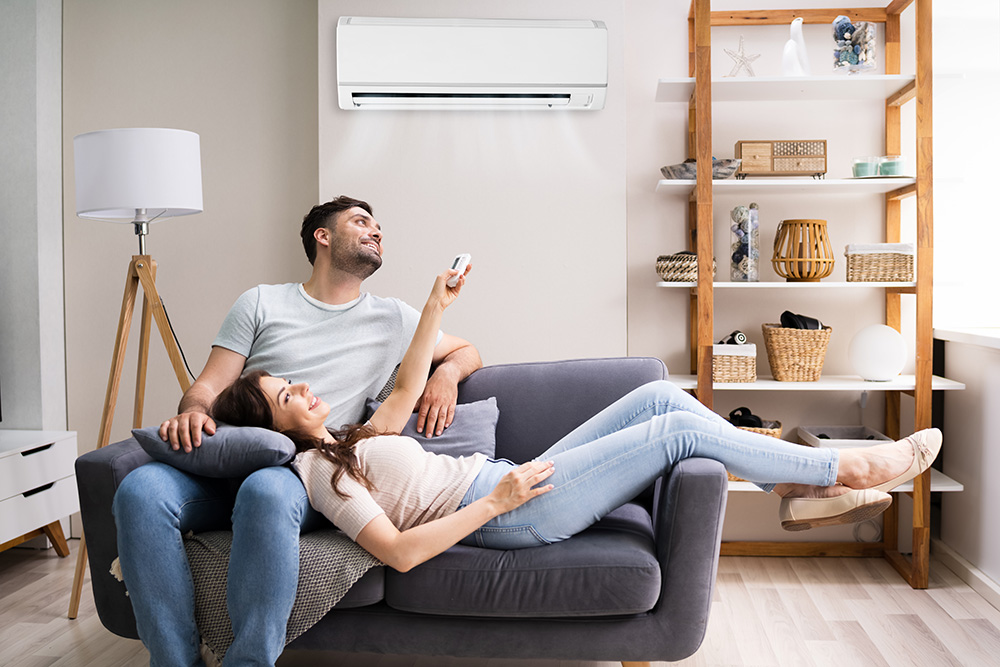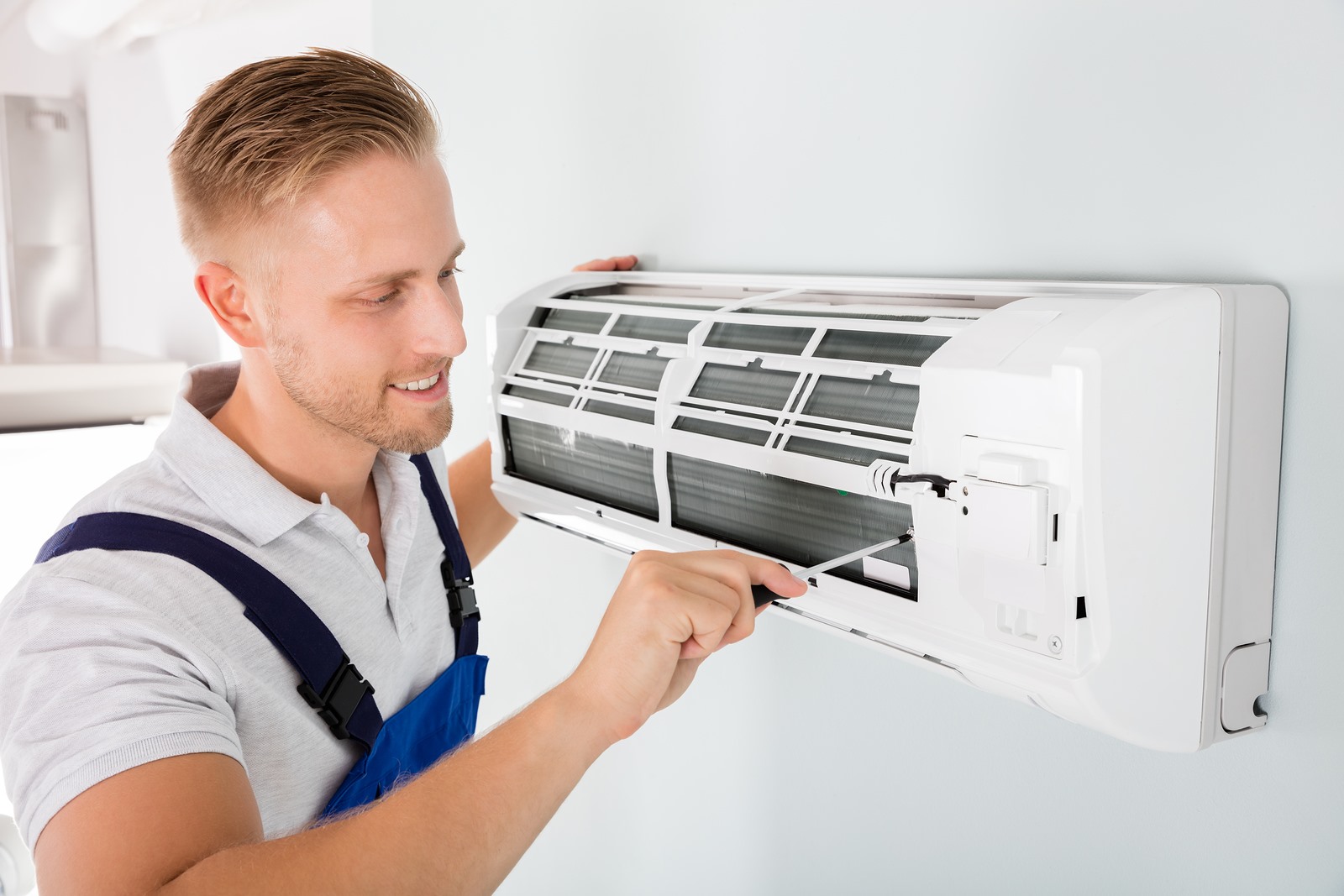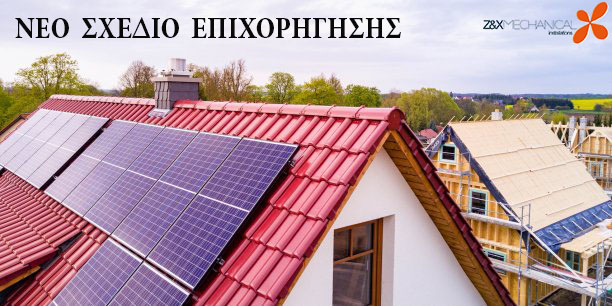1. Keep an eye on your pool
If your pool is covered, remember to periodically remove any debris above the cover and check underneath it to ensure you have no unwanted surprises down there.
In addition, the winter-induced wind or snow can put stress on your cover, so make sure that your cover, attachments, water bags and lawn anchors are securely attached so they don’t come loose.
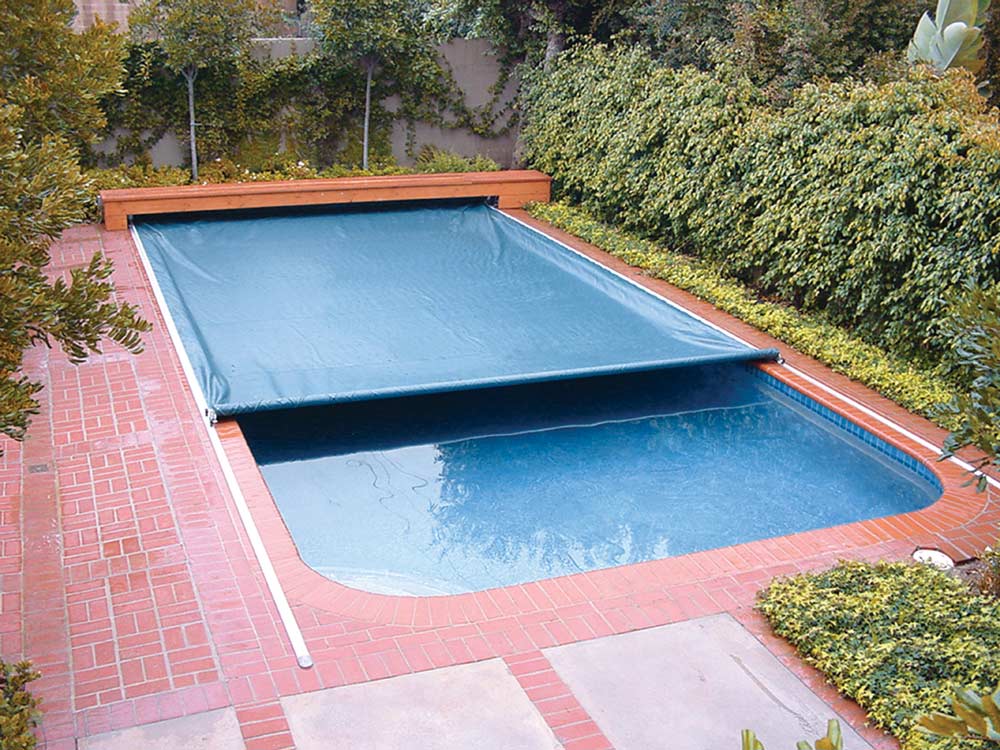
2. Balance your water chemistry
Water chemistry balancing is not as demanding as it may seem, but it is a crucial part of protecting your pool or spa investment. If pH, alkalinity, cyanuric acid and calcium hardness are out of standard ranges for an extended period of time, it can wreak havoc on your pool equipment and surfacing.
In the winter, you should balance your pH, pool water weekly at a minimum; spa users are recommended to check their water chemistry every two to three days. In addition, use an algaecide to kill any existing algae and prevent new blooms during the winter. Your sanitizer levels can be reduced during the winter months, while still maintaining the proper water chemistry balance.
3. Check on your equipment
Even when your pool is covered and not in use, dirt, pollen and other contaminants can still enter the water. So, remember to keep an eye on the filter gauge, perform backwashing and clean your filter per the manufacturer’s recommendations. Additionally, don’t forget to check your pool pump, heater and exposed plumbing to make sure everything is functioning properly and there are no leaks.
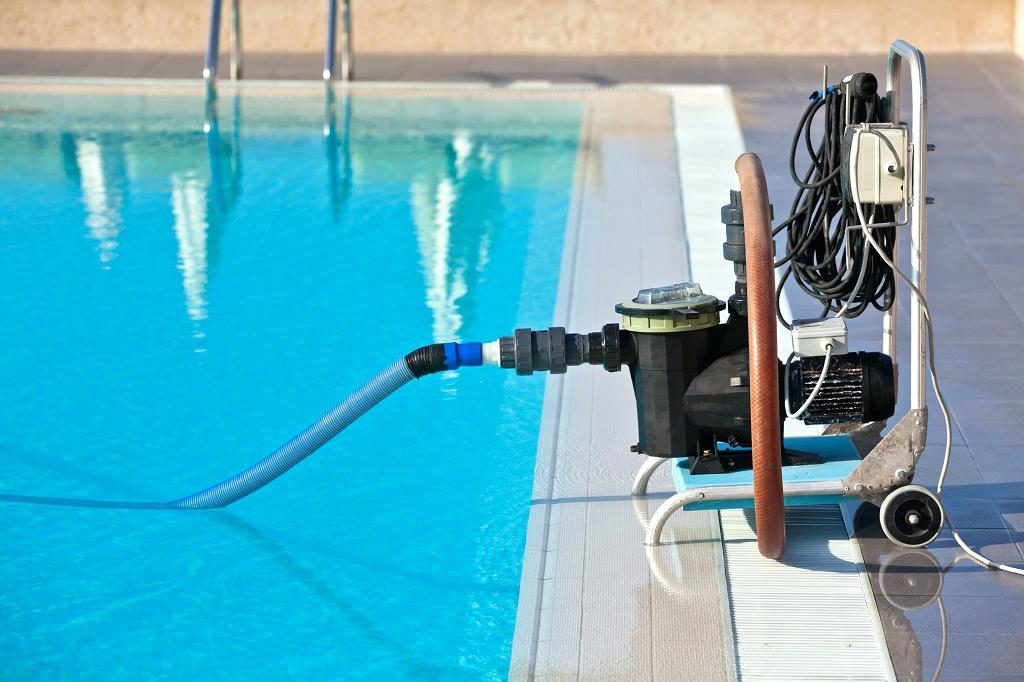
4. Beware of freezing weather
If water is left in your equipment during the winter, the cold weather can freeze and expand the water and ruin your equipment and plumbing. So remember keep an eye on your freeze guard to ensure that your pool equipment has circulation when temperatures plummet. This can help you avoid expensive repairs from frozen equipment or plumbing.
5. Clean your pool surfaces
Maintaining clean walls, floors and other pool surfaces will prevent algae growth. Skimming, vacuuming and brushing organic debris on a weekly basis is a great off season pool care habit that will save you time dealing with a green, dirty water in the spring.
Tip: Don’t forget to brush the hard to get areas, including behind ladders, steps and corners.
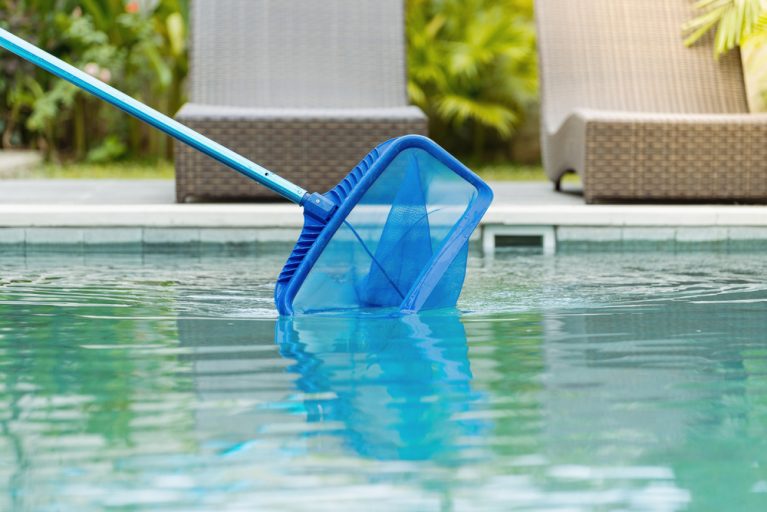
6. Clear out unwanted debris
As debris builds up, remember to empty your skimmer baskets, pump baskets, floor cleaner containers and cleaner bags. This will keep your water and equipment cleaner, while also making your life easier in the spring.
7. Monitor your water level
Always make sure your pool’s water level is correctly topped off to protect your pump and keep the pool primed. The right pool water level can depend on the climate you live in. If you live in a warmer environment, that doesn’t experience freezing temperatures, your pool water should almost be filled to the top during the winter. However, if you are located in a cold environment, your pool water should be four to six inches below the skimmer in the winter months. Spending a little time each week on your off season pool care will make a big positive impact on opening your pool this spring and summer.
Via Clear Comfort
Images: Shutterstock
Contact Us If You Have Any Questions
Please use this form to contact us to discuss your pool maintenance.

